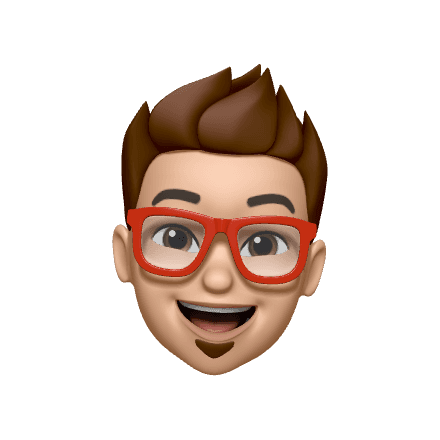

Reference device for astronauts
For the Gaganyaan mission, my teammate Nandini Sharma and I collaborated with ISRO to design the user experience for a communication device specifically tailored for astronauts. Our aim was to digitize the reference documentation they carry during flight missions, which spans thousands of pages and weighs 9-12 kg. This innovative device would not only reduce physical load but also offer seamless access to critical information, improving efficiency and communication during missions in space.
ROLE
Product Design (User interaction design)
DURATION
5 weeks
TEAM
Nandini Sharma, Me
Some parts of the project remain confidential and cannot be shared due to privacy and security protocols

What?
Replacing 9-12 Kg of pages from astronaut's life

How?
Developed a streamlined user experience by digitizing mission-critical documents, making navigation faster and more efficient for astronauts during space flights.

The design
To make a digital form of a ready reference manual that can be accessed quickly and presents information in a manner that can be easily understood by the crew member so they can execute the required task with minimum time delay
Design process timeline
The project began with an initial briefing from the Human Space Flight Centre team, where we conducted foundational research on space communication, explored the critical challenges in the astronaut experience, and analyzed user conditions during space flights
What are reference documents
We researched flight documentation and procedures, analyzing the structure and organization of the documents. This helped us understand how information is clustered and presented, enabling us to design a more efficient digital reference for astronauts.
Understanding the user's (Astronaut) environment
At the Human Space Flight Centre (HSFC), we explored a life-size prototype of the space pod, spending time understanding the environment in which the reference documents would be used. This helped us identify where astronauts currently store their documents and determine the best placement for the newly designed digital device
We conducted one-on-one user research with the astronaut team, gaining valuable insights into the challenges they face when referring to documents and reference cards during space missions.
Understanding the existing reference document structure
We conducted information mapping of the reference documents, critically structuring each procedure and section for clarity. Based on our analysis, we suggested a restructured format to streamline the documentation for easier use during space missions
Opportunities for design
Conceptualising & ideations
During conceptualization, we explored a wide range of innovative ideas for communication devices, setting aside the constraint of using a tablet. This open-minded approach allowed us to think beyond traditional formats and envision new possibilities for astronaut communication.
Wireframing for tablet screen
We created wireframe explorations for the restructured documentation, focusing on improving workflows. These designs aimed to enhance the user experience, making it easier for astronauts to quickly locate necessary information and procedures during each stage of the flight mission
Prototyping in Figma
FROM THE TEAM
Some parts of the project could not be shared due to confidential reasons
















